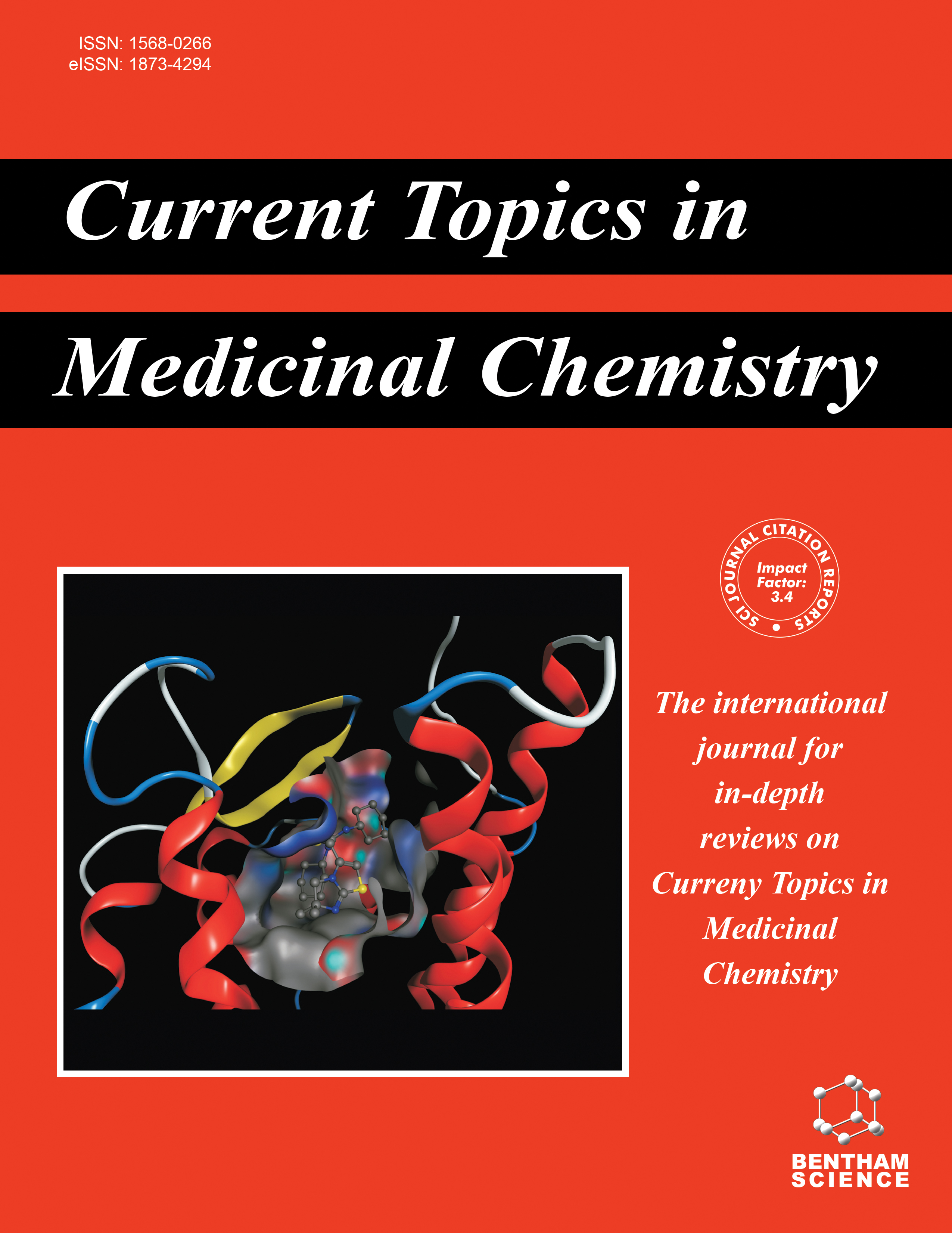-
oa Editorial [Hot Topic: Functions and Metabolism of Brain Nucleosides and their Metabolites (Guest Editors: Zsolt Kovacs & Arpad Dobolyi)]
- Source: Current Topics in Medicinal Chemistry, Volume 11, Issue 8, Apr 2011, p. 907 - 908
-
- 01 Apr 2011
- Previous Article
- Table of Contents
- Next Article
Abstract
Nucleosides are metabolic intermediates of the synthesis of nucleotides, which are in turn the building blocks of nucleic acids and which participate in a number of fundamental biochemical reactions. In particular, ATP is the major energy transfer molecule, and among the nucleotides, its additional extracellular signaling role was the first to be suggested. Its corresponding nucleoside, adenosine, has also been demonstrated to be a neuromodulator substance. It has now been over 35 years since purinergic signal transmission in the nervous system has been suggested. Since that time, various requirements for classification as a neurotransmitter have been demonstrated for adenine nucleotides and adenosine including regulated release, elimination from the extracellular space, action on neuronal activity, and the existence and pharmacological characterization of receptors. In addition, a large body of evidence derived from human disorders also supports the conclusion that nucleosides have a crucial role in neural function. Anti-cancer and anti-viral drugs that affect nucleoside metabolism have neurological side effects. Some metabolic disorders have also been shown to originate from defects in nucleoside metabolism. In the 1960s, the enzyme deficit underlying Lesch-Nyhan syndrome, a relatively frequent disorder of nucleoside metabolism with peculiar neurological symptoms, was identified as a deficiency of hypoxanthine-guanine phosphoribosyltransferase. Since then, a number of other disorders that cause mental retardation or other neurological symptoms have been attributed to deficits in nucleoside metabolism. The accumulating knowledge in the field of nucleoside and nucleotide metabolism and pharmacology in the nervous system led to the possibility of developing novel therapeutic approaches to treat major neurological disorders. The interest and progress in drugs acting on enzymes, transporters, and receptors of nucleotides and nucleosides is tremendous and major advances are expected in the future. In the present issue, first the metabolic network of nucleosides under normoxic and anoxic/ischemic conditions is described by Ipata et al. Nucleosides are converted to nucleotides, which are required by various biochemical pathways and for building nucleic acids. Because the capacity of de novo purine and pyrimidine synthesis is limited in the brain, salvage pathways are necessary for the proper functioning of the brain and for maintaining qualitative and quantitative balance of intracellular brain nucleoside triphosphates. The importance of cross talk between extra- and intracellular nucleoside metabolism, nucleoside interconversion, 5-phosphoribosyl-1-pyrophosphate synthesis and energy repletion are also emphasized by the authors. Given the importance of nucleosides in a number of biochemical reactions in the brain, it is not surprising that neurological symptoms result from defects in a number of nucleoside metabolism enzymes, including, for example, hypoxanthine-guanine phosphoribosyltransferase and different nucleoside and nucleotide kinases and phosphorylases. The known inborn errors of purine and pyrimidine metabolism, their neurological syndromes and the possible links between specific enzymatic alterations and brain damage are summarized by Micheli et al. Parkinson et al. describe recent advances in the field of nucleoside transport. It has long been established by physiological studies that concentrative as well as equilibrative transporters contribute to the uptake of nucleosides. Relatively recently, four genes encoding the equilibrative and three genes encoding the Na+-dependent concentrative nucleoside transporters have been identified in several species. Furthermore, additional nucleobase transporters have recently been discovered. The identification of these transporters allowed for the individual examination of their transport characteristics, cellular distributions, and physiological functions. Potential therapeutic uses of drugs affecting nucleoside transporters for treatment of cerebral ischemia, epilepsy, neurodegenerative diseases, cancer and viral infections are also described. Purine receptors are grouped as P1 (or A) adenosine receptor and P2 adenine nucleotide receptors. Currently, A1, A2A, A2B, and A3 receptors for adenosine are known. These receptors are all G-protein coupled receptors. P2 receptors are further divided into ion channels (P2X), and G-protein coupled nucleotide receptors (P2Y). In addition to ATP, some of the nucleotide receptors recognize ADP, UTP, UDP, and UDP-glucose. These receptors have diverse signal transduction pathways and participate in a number of neural functions. The development of selective agonists and antagonists is in progress, suggesting that there may be pharmaceutical uses for drugs acting on these novel targets. Novel developments in this field and the role of different types of nucleoside and nucleotide receptors in CNS diseases such as neurodegenerative diseases, epilepsy and neuropsychiatric disorders are described by Burnstock et al. Transporters of nucleosides and a complex interlinked metabolic network balance nucleoside levels in the brain tissue under normal conditions and enable the fine modulation of neuronal and glial processes via nucleoside receptor signaling mechanisms. Normal brain levels of nucleosides were found to differ when measured in a variety of brain regions. The distributions of nucleoside transporters and receptors as well as nucleoside metabolic enzyme activities also demonstrate regional differences, suggesting different roles for nucleosides in different brain areas. Recent advances in this research area are described by Kovacs et al. These authors also describe and discuss age- and gender-dependant alterations in brain nucleoside levels. The concentrations of adenosine and ATP in the neuronal extracellular space are not constant but increase in response to, e.g., increased neuronal activity, depolarization, or ischemia. ATP, and possibly other nucleotides, are actively transported into synaptic vesicles, are stored in them either alone or together with other neurotransmitters, and are released in a calciumdependent way from presynaptic terminals. They may also be released by other mechanisms, for example, cell damage. These molecules can bind to plasma membrane receptors or can be degraded by extracellular nucleotidases to nucleosides. In addition, adenosine, and possibly other nucleosides as well, can be released by reversed action of nucleoside transporters. Sperlagh and Vizi describe the actions of adenosine in the hippocampus and basal ganglia and the pharmacological and clinical aspects of these adenosine actions.....


